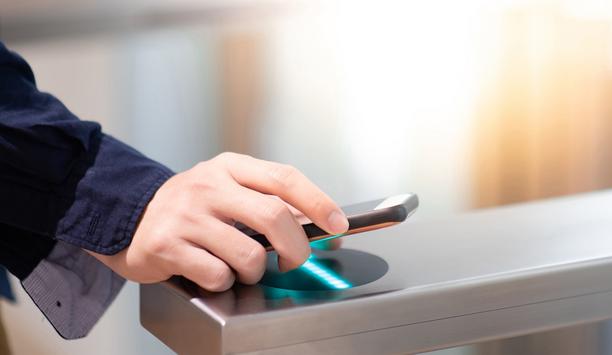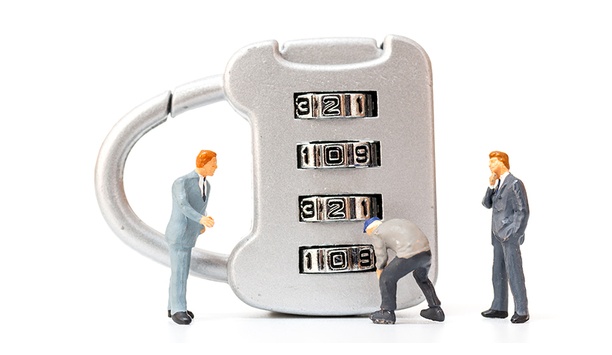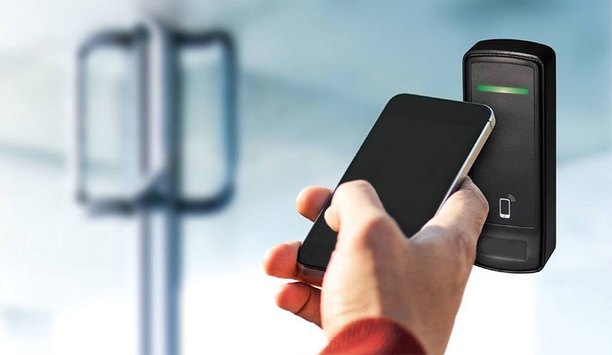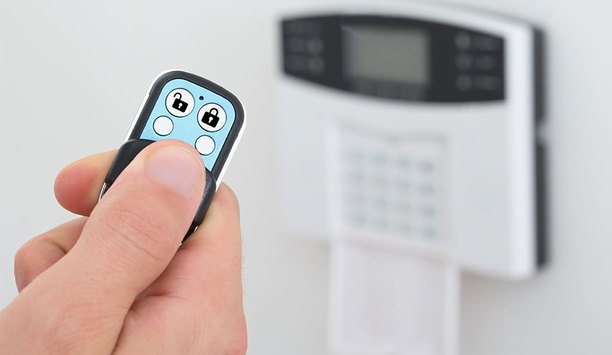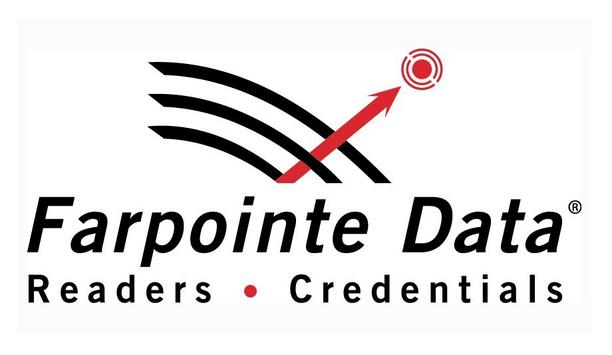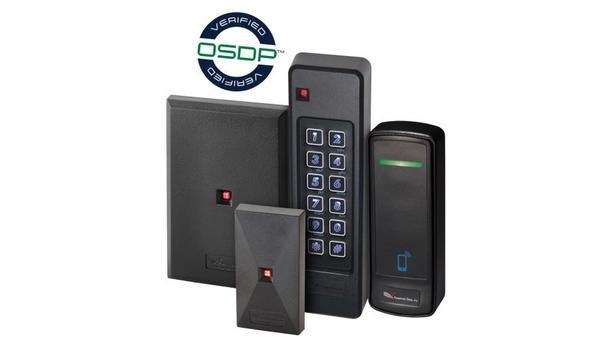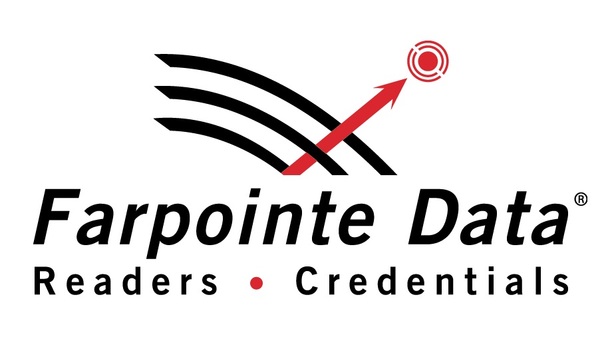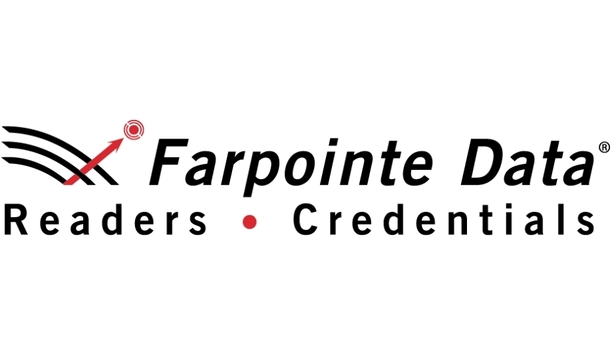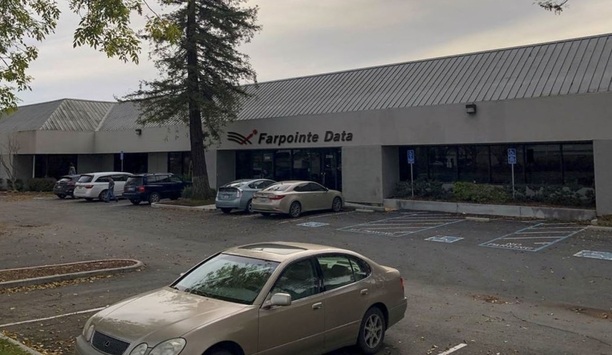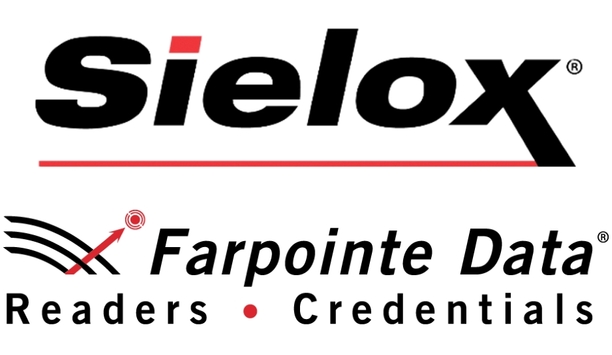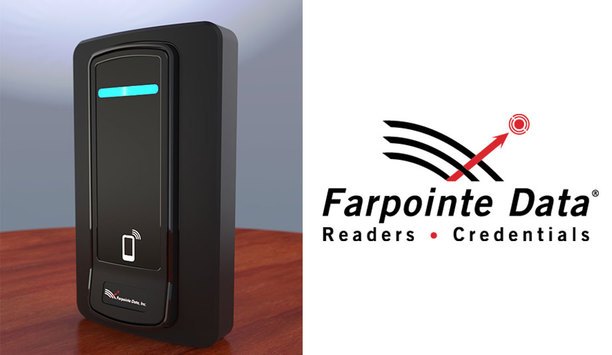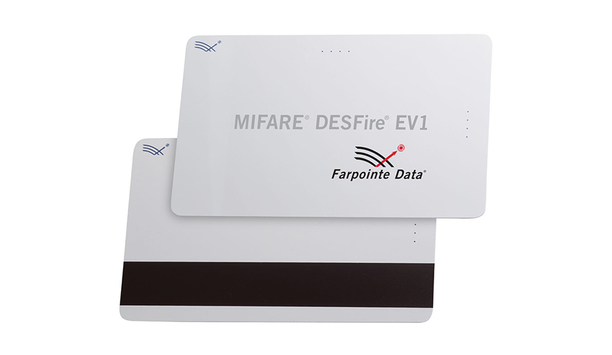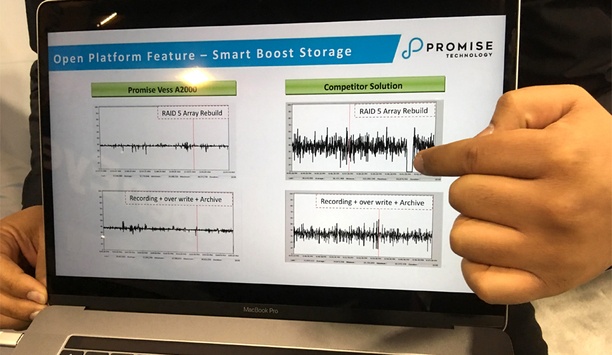Scott Lindley

Scott Lindley
President, Farpointe Data, Inc.Since 2003, Scott Lindley has been President of Farpointe Data. Formerly, he was RFID Director at Keri Systems and Sales Manager-North America for Motorola Indala. As such, he has been directly involved in the growth of electronic access control for over 20 years and has become one of the security industry's leading authorities.
Round table contributions
Supply chain issues have plagued the economic recovery during and after the COVID-19 pandemic, and the problems show every indication of persisting for months or even years to come. Supply chain chall...
There is a broad appeal to the idea of using a smartphone or wearable device as a credential for physical access control systems. Smartphones already perform a range of tasks that extend beyond making...
In the past few weeks, the light at the end of the COVID-19 tunnel has brightened, providing new levels of hope that the worst of the pandemic is behind us. Dare we now consider what life will be like...
We are all more aware than ever of the need for cybersecurity. The Internet of Things is a scary place when you think about all the potential for various cyber-attacks that can disrupt system operatio...
Cloud systems are among the fastest-growing segments of the physical security industry. The fortunes of integrators can improve when they embrace a recurring monthly revenue (RMR) model, and cloud sys...
A standard is a document that establishes uniform engineering or technical criteria, methods, processes, and/or practices. Standards surround every aspect of our business. For example, the physical se...
Ten years is a long time, but it seems to pass in an instant in the world of security. In terms of technology, 2010 is ages ago. Changes in the market have been transformative during that decade, and...
The new year is several weeks old, so it is safe to say that many of our New Year resolutions have fallen by the wayside. Despite the limited success of our personal resolutions, the new year is a gre...
The definition of a standard is “an authoritative principle or rule that usually implies a model or pattern for guidance, by comparison with which the quantity, excellence, correctness, etc., of...
Industry standards make it possible for systems and technologies to connect and work together. Standards enable today’s integrated systems. But does adherence to standards stifle innovation? Doe...
Big data is a buzzword, and data – presumably of all sizes – is a driving force in the physical security market. As systems become more sophisticated and expand their capabilities, the res...
Articles by Scott Lindley
For the past several years, there has been a focus by integrators and customers to assure that their card-based access control systems are secure. To give businesses an extra incentive to meet their c...
Farpointe Data started 2015 in newly relocated offices featuring a larger, more proficient layout that added new manufacturing equipment and increased its production and inventory capabilities. Shortl...
End users continue to move to smart cards and smart readers, wanting the extra flexibilities they offer 2014 was very good year at Farpointe Data. Significantly, it became part of t...
News mentions
Supply chain issues have plagued the economic recovery during and after the COVID-19 pandemic, and the problems show every indication of persisting for months or even years to come. Supply chain chall...
Farpointe Data, the access control industry's OEM for RFID credentials and readers, has announced that long-time employee Francisco Alcala has been promoted to Sales Manager North America. "In his ne...
There is a broad appeal to the idea of using a smartphone or wearable device as a credential for physical access control systems. Smartphones already perform a range of tasks that extend beyond making...
In the past few weeks, the light at the end of the COVID-19 tunnel has brightened, providing new levels of hope that the worst of the pandemic is behind us. Dare we now consider what life will be like...
Farpointe Data, the access control industry's OEM for RFID credentials and readers, announces that the Security Industry Association's (SIA) approved Open Supervised Device Protocol (OSDP), which was...
We are all more aware than ever of the need for cybersecurity. The Internet of Things is a scary place when you think about all the potential for various cyber-attacks that can disrupt system operatio...
Cloud systems are among the fastest-growing segments of the physical security industry. The fortunes of integrators can improve when they embrace a recurring monthly revenue (RMR) model, and cloud sys...
A standard is a document that establishes uniform engineering or technical criteria, methods, processes, and/or practices. Standards surround every aspect of our business. For example, the physical se...
Ten years is a long time, but it seems to pass in an instant in the world of security. In terms of technology, 2010 is ages ago. Changes in the market have been transformative during that decade, and...
The new year is several weeks old, so it is safe to say that many of our New Year resolutions have fallen by the wayside. Despite the limited success of our personal resolutions, the new year is a gre...
Farpointe Data, the access control industry's OEM for RFID credentials and readers, has announced that at ISC East 2019 on November 20-21 in Booth 947, attendees can see how the company’s Conekt...
Farpointe Data, the access control industry's OEM for RFID credentials and readers, announces that its Conekt mobile smart phone access control identification solution now integrates advantages that A...
Farpointe Data, the access control industry's OEM for RFID credentials and readers, announced that end-users, dealers, integrators and system providers can assess how easy it is to convert from card a...
Farpointe Data, the access control industry's OEM for RFID credentials and readers, announces that it has moved into its expanded new facility in San Jose, Calif. Since 2003, Farpointe Data has become...
By leveraging each other‘s technologies as companies sharing the dormakaba banner, LEGIC and Farpointe Data are at the forefront of the new expanding market for secure mobile credentials. LEGIC&...
Sielox LLC, a provider of integrated access control, video surveillance, perimeter security, and event management systems, is showcasing mobility in their booth (#7103), here at ISC West with the demo...
Farpointe Data has announced that access control system manufacturers, integrators and dealers will be able to provide their customers with a mobile, smart phone application and hardware that provides...
Farpointe Data, the access control industry's trusted OEM partner for RFID solutions, alerted its access control manufacturer, distributor, integrator, dealer, and specifier partners about the potenti...
Farpointe Data, the access control industry's trusted global partner for RFID solutions, has just posted the first radio frequency identification(RFID) Cybersecurity Vulnerability Checklist for access...
The enthusiasm of ISC West 2017 continued through to the final hours of Friday, reflective of a show jam-packed with new technologies to address industry trends. Exhibitors seemed happy enough with bo...

